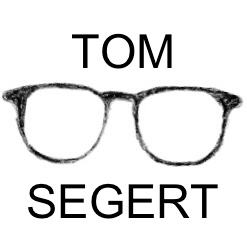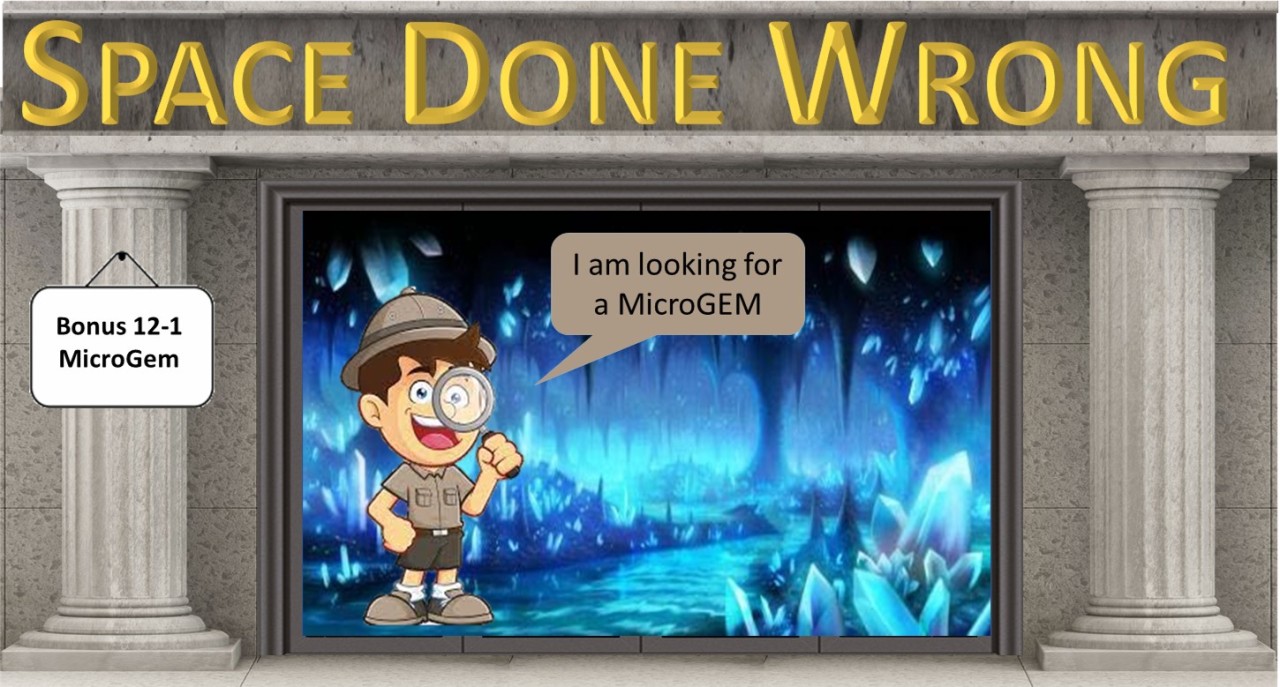My article about HydroGNSS reminded me that sometime before founding Berlin Space Technologies (BST) I had the privilege to oversee three industry led feasibility studies on small satellites for GNSS Occultation/Reflectometry, Precise Orbit Determination (POD) and Very Longe Baseline Interferometry (VLBI). The intended customer of the mission was the GFZ – Helmholtz Centre Potsdam (GFZ). Planned from 2010-2012 the mission in the end did not materialize. I think sufficient time has passed to do a post mortem and learn from the things that went wrong and led to this missed opportunity. Lets have a look!
Introduction to RiBB
When you are bootstrapping a company you likely need a day job. Mine was to work at Berlin Partner as the manager for the network of the space industry in Germany’s capital region (RiBB). I had this job fresh out of university as a part time position since my aim was to be an entrepreneur (and somehow I had to pay the bills). At RiBB it was my task to identify future business models and opportunities for the local industry. I organized trade show participation, developed the benchmark for capacity building and facilitated feasibility studies for potential missions.

One of the local assets in the RiBB was the GFZ Helmholtz Centre Potsdam (GFZ). The GFZ is the German flagship institution in geo systems research. As the name suggests it is located in Potsdam a small town, former home of the Prussian Kings and located upwind south west from Berlin. In the space community GFZ is probably best known for their Champ and Grace satellites. In addition, they pioneered the science GNSS occultation and reflectometry with various experiments.
GFZ Helmholtz Centre Potsdam one of the RiBB partners was looking into GNSS-RO using small satellites in 2009
Around 2009 they were looking into how to utilize low cost small satellites (<100kg) for their science and this was the starting point of a 3 year endeavour.
Three feasibility studies and no mission [3]
In total there were three feasibility studies conducted: MicroGem, NanoGem and NanoX. Unfortunately none of these led to an actual mission. Let’s find out why.

MicroGem: 130kg satellite based on the TET platform (prime: Astrofein)
The original plan of MicroGEM was to build four satellites for a GNSS-RO & POD mission for GFZ. The feasibility study was financed by Technology Foundation Berlin (100KEUR), which was the mother organisation of RiBB. The GFZ together with ETH Zürich provided additional funds (50KEUR). It was run by a consortium of the satellite industry in Berlin (most RiBB partners participated) led by Astro- und Feinwerktechnik Adlershof GmbH (Astrofein). The the targeted budget was around 14MEUR [4] since that was what the limit of the intended funding instrument (Helmholtz Großgerät). In the end the budget it was figured out that the available money was only sufficient for one satellite. This is not too surprising as DLR TET is to this day one of the most expensive micro satellite missions (outside ESA). In hindsight not very surprisingly, the bid was unsuccessful.
Background: DLR TET

NanoGem: 60kg satellite based on a reduced TET (study prime: TU Berlin)
For the second approach a different funding scheme was considered. The idea was that if it was small enough then GFZ could fund the entire satellite out of their internal budget. For this the customer communicated that the cost target was 2MEUR (for the platform without payload) later increased to 4MEUR but with the emphasis on “the lower the better”.

This time TU Berlin (team Prof. Briess) was the leader of the effort and Astrofein was the sole industrial partner. I was able to convince the GFZ to fund again a study for 50KEUR but no additional public funds were available. Unfortunately, and despite having a satellite half the size with reduced capabilities the figure came close to 12MEUR and was thus not much different from the larger satellite.
In Micro/Nano Gem I learned that phase B studies of micro satellites can cost as much as entire satellites of other people.
My major take away was that the way you design a satellite mission greatly influences the cost of the mission. The size of the satellite does not matter much if your tools and approaches stay the same.
If you change the size of your satellite but not your QA/PA, the cost will stay the same
Another thing was that I was astonished to learn is that both for MicroGem as well as NanoGem the team planned as much money for phase B study as other people spend on an entire satellite. This was in fact the time when I came up with the metaphor of the Aston Martin Cygnet in reaction to the (planned) excessive over engineering I had experienced in the first two studies. You may say #spacedonewrong actually started there.

In the end I was very frustrated of the inability of the team to deliver to the target cost. So much so that in April 2012 when I left my job at the RiBB to concentrate 100% on BST, I asked the colleagues at GFZ if they would be interested to see what I had done differently but could not show since my hands were tied for as long as I was still the network speaker.
NanoX: 70kg micro satellite based on LEOS-50 (study prime: BST) [2]
The NanoX study therefore has the honor of not only being one our first feasibility study conducted in the company, it was also among BST’s first paid projects and it is to this day also one of just two sales that we ever made to an German end customer.
We made NanoX to prove that smallsats for science don’t need to be expensive.
The funding for the study was roughly 1/10 of the MicroGem and covered 2 person month. We worked with 3 people for 2 month full time and so it did not cover all cost but after all that commotion, it is understandable that GFZ was not interested any more to spend much on these studies. That said, it was a question of honor and so I would have done it for free.

And so our three person team (BST at that point only had its founders: Matthias Buhl, Björn Danziger and myself) went to work. We designed a satellite in the tradition of the TUBSAT satellites pioneered by Prof. Udo Renner, simple, reliable and affordable. The satellite is not mass optimized but optimized for cost. At 2.5 MEUR including 300KEUR for the payload it came closest to the cost target set by the customer.

I obviously cannot speak for the customer but it seemed to me that the customer was satisfied with the result. They even manufactured a mock-up in their own workshop.
The ship has sailed
Unfortunately by the time we at BST made our suggestion the ship had already sailed. Maybe our little venture was despite the good ideas not as awe inspiring as a larger more experienced company would have been.
The quality of an idea matters as much as who it comes from and when.
Maybe the two previous studies ate up too much trust at GFZ in the local space industry. Who knows, another contributing factor was that the person who wrote the software for the GNSS receiver had left the GFZ to work at Airbus which complicated matters. And while the GFZ went on to participate with PI’s in international GNSS-RO research such as GEROS, Pretty and HydroGNSS, no mission using a Berlin made small satellite was done.
There is great potential in the collaboration between local Berlin industry and research for cutting edge science missions
Despite these setbacks I still believe that the small satellite industry in the German capital region in collaboration with local flagship science institutions such as the GFZ has what it takes to build outstanding and world leading scientific missions – on a budget.
What could have been done different
I think there is a set of cascading decisions which led to the final result. The cardinal error – in my option – was that nobody of MicroGem / NanoGem study team looked beyond their own peer group – which was largely the TET satellite (team TET).
Imagine somebody proposing to use a TUBSAT-C bus systems while team TET does systems engineering, mission and AIT
In this context I was always puzzled why team TET never joined forces with team TUBSAT. It would have made sense to buy one or multiple TUBSAT-C evolved bus systems (heritage from LAPAN TUBSAT) and build an overarching QA by the TET team. This could have worked because the payload and mission operation are not very demanding on the bus. I might be mistaken but this combination could very well have been a winning one.
I think the main error was that the two satellite groups (TUBSAT and TET) did not work together in this project.
Unfortunately, at least to my memory neither the MicroGem study prime (Astrofein) nor NanoGem study prime (TU Berlin) ever reached out to the other group.
How can you help:
This text is part of a series of articles in which the author sets the framework to start a discussion about the wrongs of the space industry. If you have experienced similar things, leave a comment. Other views and opinions are very welcome, too, as they may present a way forward. Please be kind to each other.
Disclaimer
The author’s views are his own do not represent the views of Berlin Space Technologies.
Sources:
[1] GFZ: GNSS-R on small satellites
[2] NanoX System Study
[3] GFZ science program, Schuh et al. – slide 20f
[4] GFZ: Satelliten in den Geowissenschaften (German)
[5] NanoGem


Leave a Reply